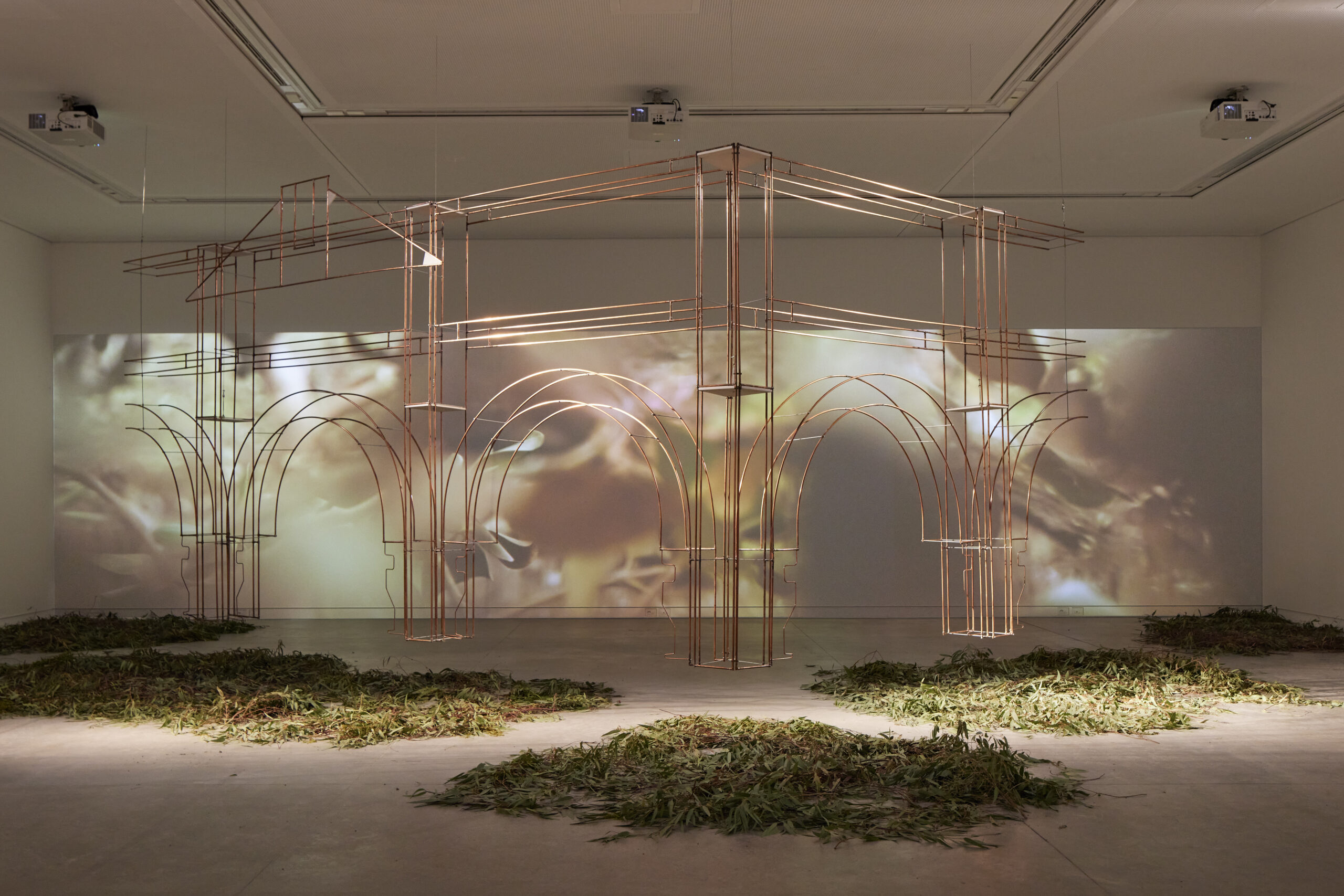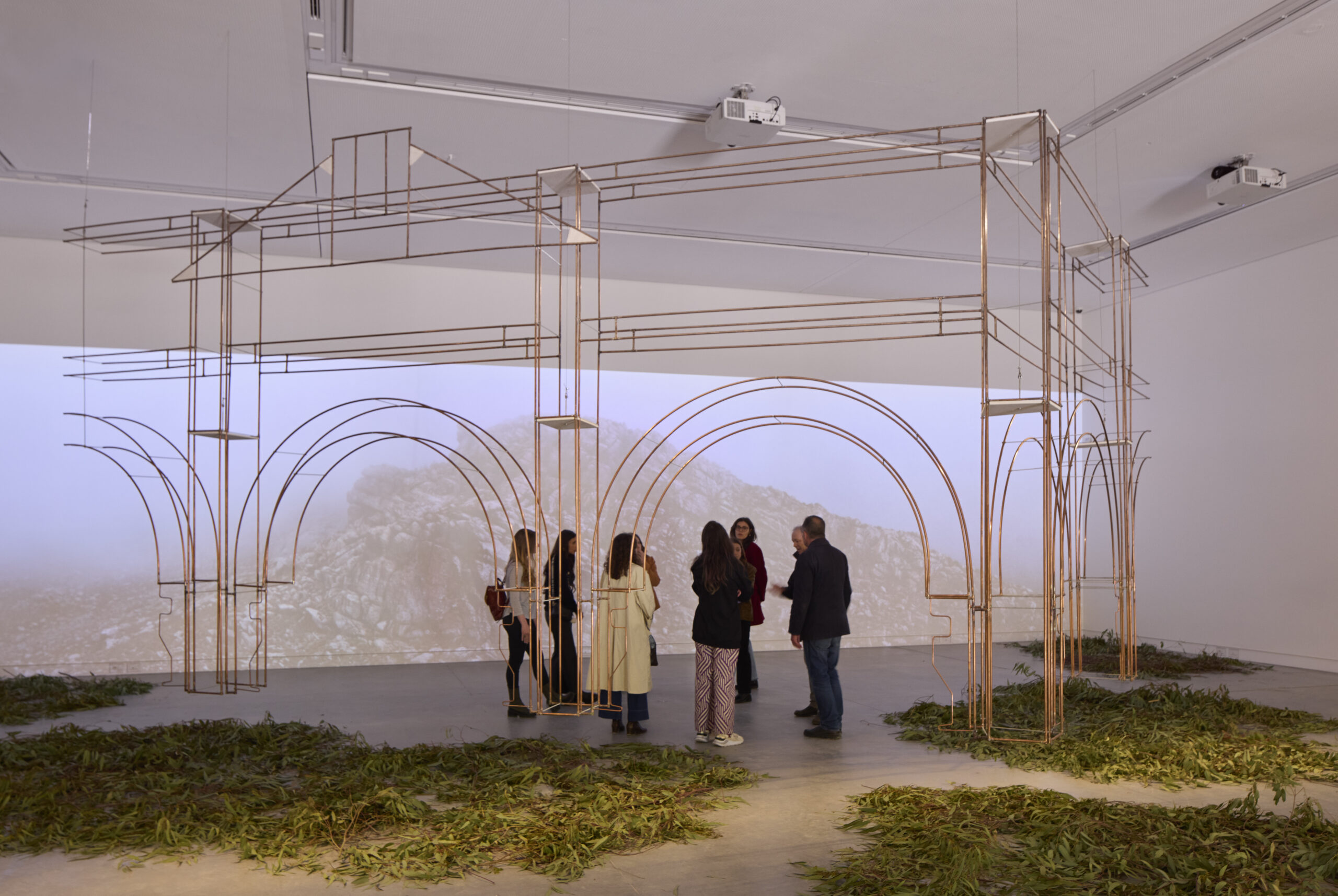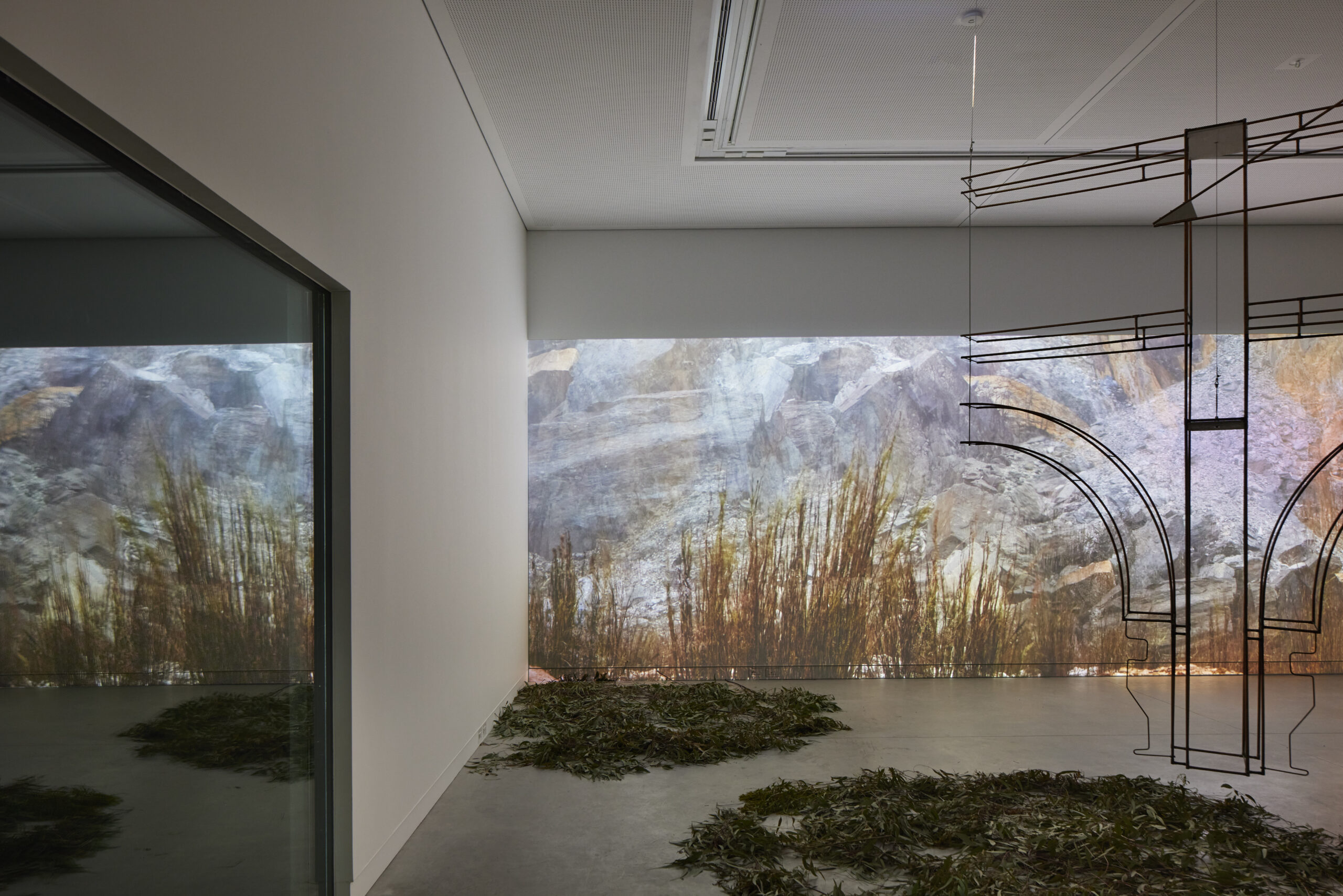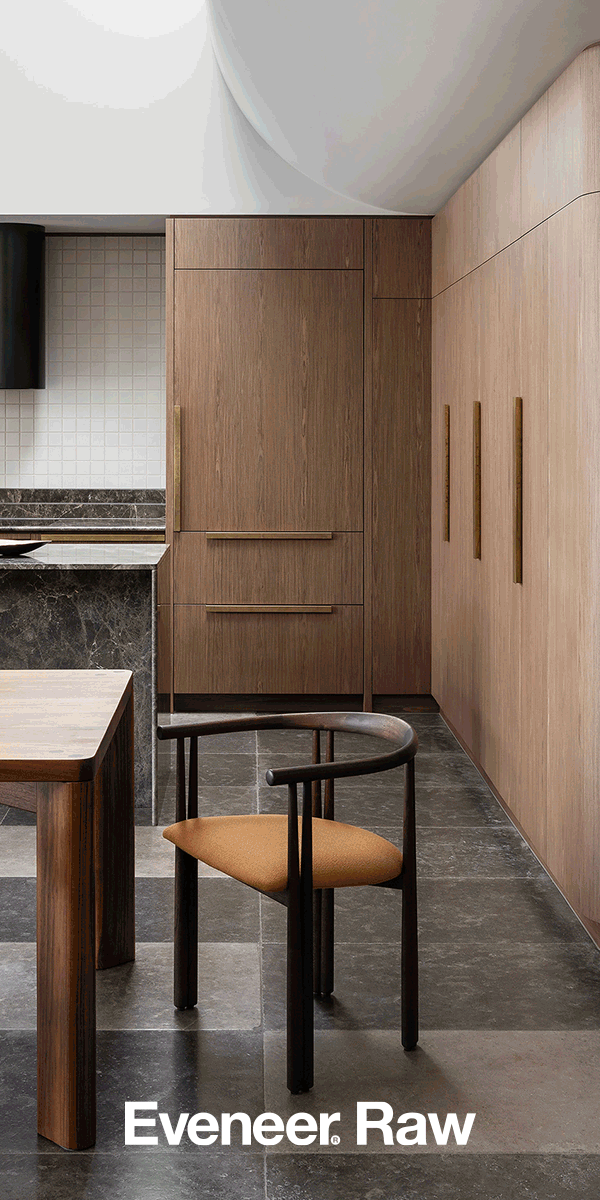BEAU Architects
Case in Point Unsettling Queenstown in Venice and beyond
The Australian Pavilion’s contribution to the 18th Biennale Architettura di Venezia 2023 is a multidisciplinary approach, evoking the past in order to posit a decolonial, and decarbonised, future.
Essay
Jessica Spresser
Photography
Matteo de Mayda, Tom Roe
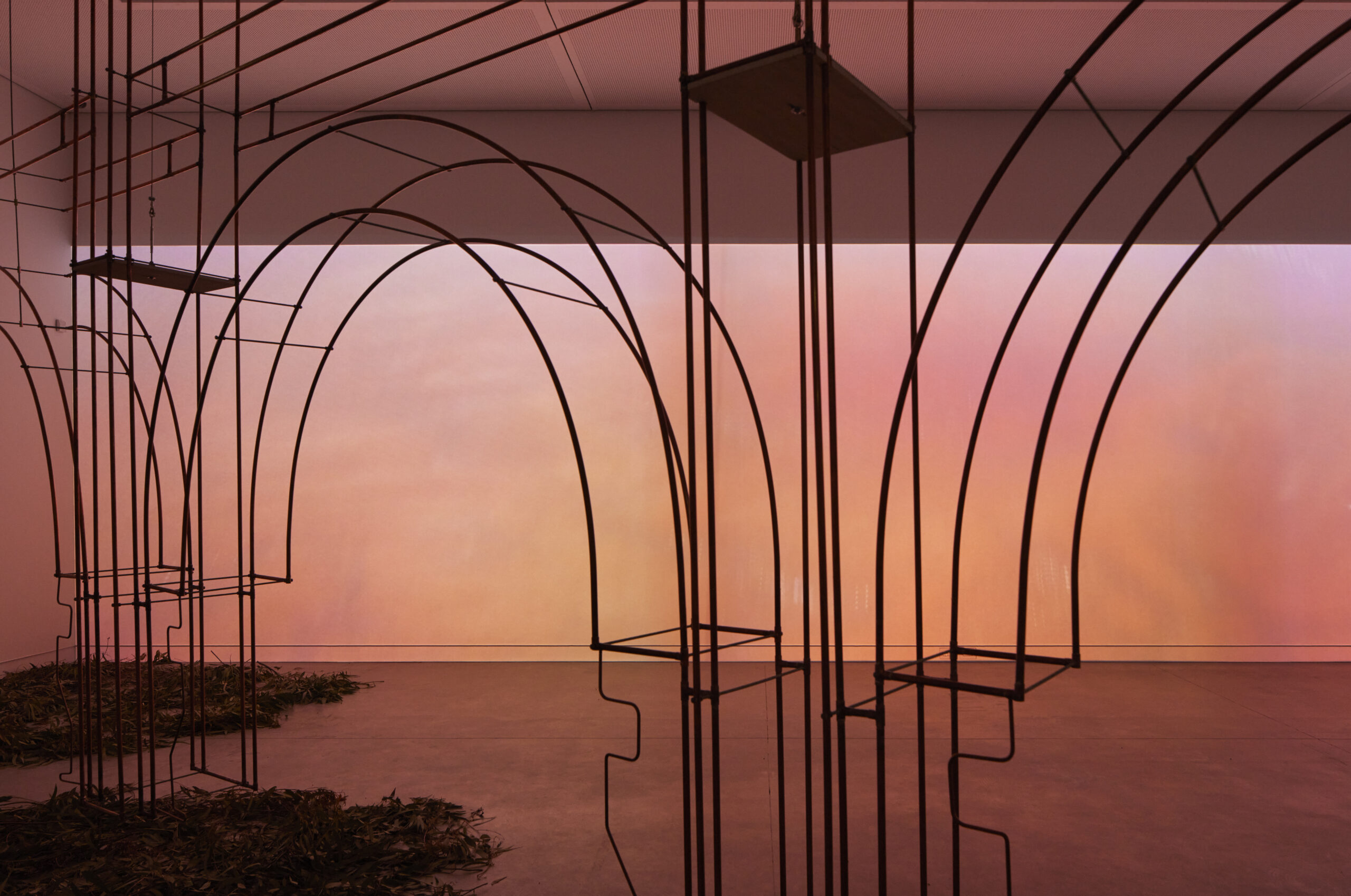
In the realm of the built environment, the sample scheme, case study or metaphor can have considerable impact. When reinterpreted across multiple sites and situations, it can shape the world in which we live. Thus, this model has thrived in the sphere of the architecture exhibition, not least at the most celebrated of them all: the Biennale Architettura di Venezia. Every two years, the Biennale dedicates six months to the display of leading architectural ideas around the world, with 63 countries participating in the 2023 iteration.
Unsettling Queenstown, the installation inhabiting the Australian Pavilion at the Biennale from May 18 to November 26, 2023 revolves thematically around concepts of decolonisation and decarbonisation. The proposal takes these twin imperatives and applies them to a specific example: the town of Queenstown, located in the west of Tasmania, Lutruwita. Creative Directors Anthony Coupe, Julian Worrall, Sarah Rhodes, Emily Paech and Ali Gumillya Baker have taken cues from this year’s overarching Biennale theme, The Laboratory of the Future, curated by Lesley Lokko.
Unsettling Queenstown responds to Lokko’s theme via multiple modes of display. Photographer Sarah Rhodes examines experiential aspects of place by way of an immersive wall featuring moving imagery. Gallery walls are also host to what the Creative Directors describe as an ‘open archive’, serving as a “wrapper for the tactics that will be displayed there.”1 A large-scale representative slice of Queenstown’s Empire Hotel, made of wire and copper tubing, is posited as symbolic of its colonial history. A layered soundscape contributes to the overall scenography of the exhibition.
Over 300 Australians, among many others, were present for the exhibition’s unveiling at the Biennale’s Vernissage. As such, the installation has already been the subject of debate between journalists, academics and architects. One review, by Melbourne School of Design Chair Donald Bates in ArchitectureAU, critiqued its multi-modal response, dubbing it a “loose assemblage.” He suggests that Unsettling Queenstown is torn between the two disparate display tactics of immersive and didactic, though he emphasises that this quandary is not unique to the Australian Pavilion.2 Jane Cornwell of the Australian Financial Review, however, describes the exhibit as both “eerie and unsettling” and “dramatic and powerful.”3 Above all, Unsettling Queenstown ponders how decolonisation might occur in other ‘Queenstowns’ throughout the former British Empire, exploring the future of settler towns built on resource extraction and labour exploitation. These towns face significant challenges in the present day, often contending with fluctuating populations, aging infrastructure and, in the case of the Tasmanian version, a legacy of environmental degradation from the mining industry. The installation in Venice,wand its afterlife as an Australia-wide travelling exhibition, seeks to consolidate these complex issues and implant them in the minds of attendees. The Creative Directors employ a de-mapping process using contemporary methods in practice, which will manifest in the form of a series of posters and tear-away sheets outlining material tactics.4 While the majority of the exhibited content appears to critique the past and ruminate on the present, here we arrive at the future-oriented ‘architectural’ component. This is one of the ingredients that sets this exhibition apart, given its core themes are already understood globally, particularly in a progressive exhibition environment.
Exhibiting architecture and design emerged as a trend in the 1960s, gaining increasing traction over the past two decades.5 The architecture exhibition comes with its own particular set of contradictions. Unlike the art exhibition, it tends to be representative of something that exists (or is yet to exist) in another context.6 Potential forms of representation are myriad, ranging from drawings and models to projections, soundscapes, real building fragments and 1:1 installations. As Bates points out, Unsettling Queenstown promises to deliver several of these modes at once within the walls of the 2015 white-cube style exhibition space by Denton Corker Marshall. The scheme is somewhat reminiscent of Torre David/Gran Horizonte by Urban Think Tank in conjunction with Justin McGuirk and Iwan Baan, which was awarded the 2012 Golden Lion for Best Project at the Biennale. Similar in its metaphorical approach, the installation was a reconstruction of a traditional Venezuelan restaurant (the Gran Horizonte) located in Torre David, an unfinished 45-storey tower that was subsequently informally occupied.
Architecture exhibitions in Venice, whether displayed within the highly curated Arsenale (a 14th century former shipyard) or in one of the national pavilions on the island’s Giardini, tend to vary greatly. One such variable is the plethora of modes through which concepts are conveyed. The 2016 Golden Lion for Best National Participation went to the Spanish Pavilion, whose commentary on emerging architectural typologies in an economic crisis was represented via a photographic essay, mounted to a series of open steel-framed walls. In contrast, the 2018 Swiss Pavilion received the same award, though the output could not have been more different. The Swiss installation was a critical reflection on standardised elements in new apartment buildings, playfully accentuating architecture in relation to the body via an occupiable installation, which varied wildly in scale. Though receiving a Golden Lion award at the Biennale may not be an objective for most, something that can be gleaned from the winning back catalogue is this: far more relevant than the mode of display is the conceptual framework underpinning it. In other words, an overarching message should be conveyed through whichever physical means is appropriate on a case-by-case basis. Though as Bates insinuates, the more alluring schemes tend to be singular and immersive.
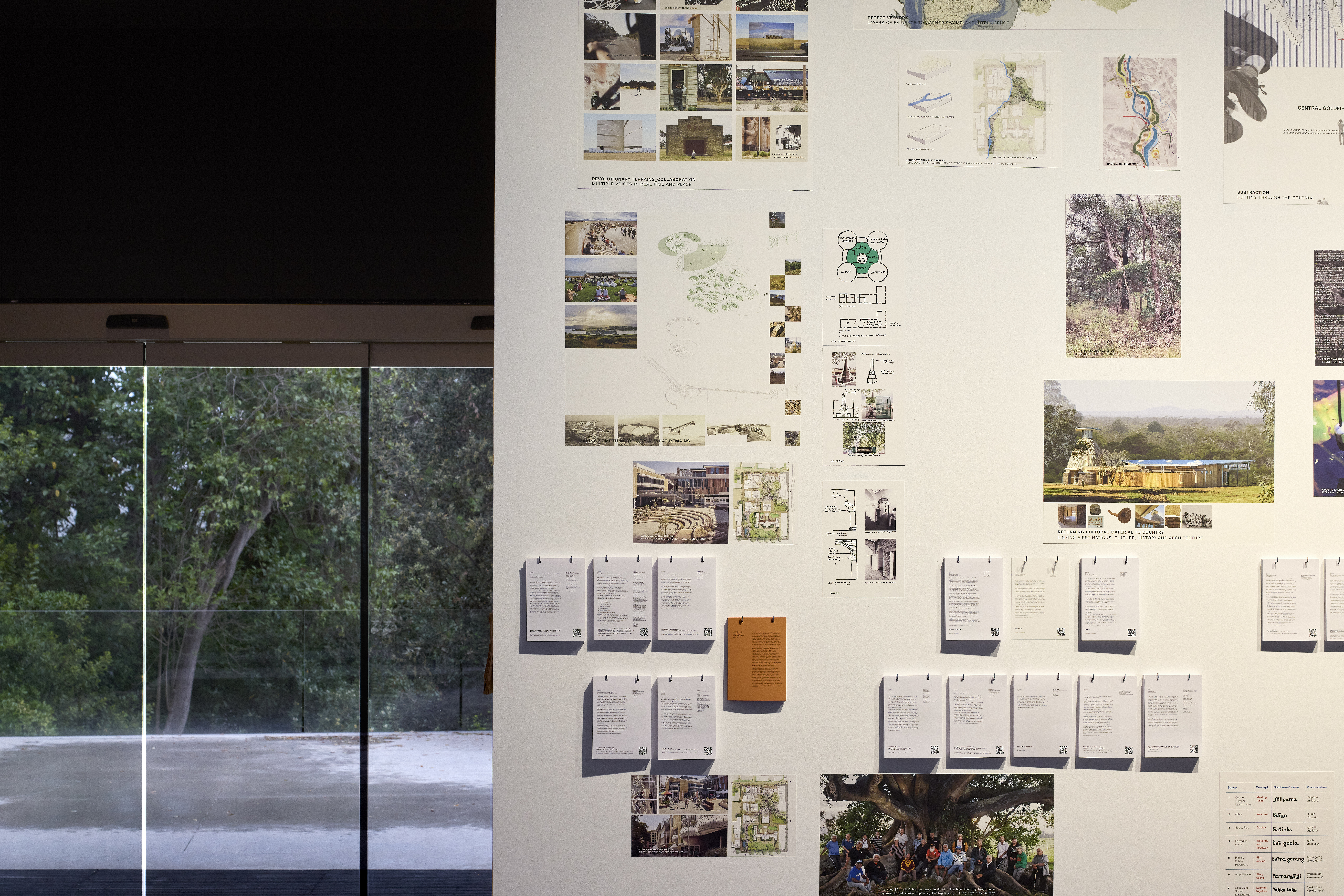

Another variable lies in the form of a question: who or what is this exhibit serving? The more successful schemes are not only engaging but also genuinely critical, often raising more questions than they answer. Torre David is a prime example, offering a simple precedent to raise broader issues of poverty, politics, habitation and community. The weakest schemes attempt to showcase the architect’s or their country’s ‘best architecture’, post‑rationalising a connection to whichever theme happens to be connected to the Biennale that year.
Thankfully, this year’s Australian creative team appear aware of this trap, instead proposing a series of interventions that aim to transform Queenstown’s built environment into a more sustainable, equitable and resilient space. These interventions include a mix of technological and social solutions, such as the installation of renewable energy infrastructure, the development of new public spaces and the creation of community-led design processes. Crucially, the proposal also seeks to centre the voices and experiences of the town’s Indigenous and non- Indigenous residents, recognising that any meaningful decarbonisation and decolonisation efforts must be rooted in community-driven solutions. 7
One of the defining factors of the architecture exhibition is that it requires something from the public, not the other way around. Meaning is to be derived from the reaction/action of its audience, rather than revolving around ‘artist intent’.8 In the context of the Biennale Architettura di Venezia, the Unsettling Queenstown installation will certainly communicate to its international audience some of the wider concerns affecting the Australian built and natural environment. This is also true of questions surrounding colonialism and Country, and how we negotiate these challenges in a decolonial context.
It can be argued, however, that where this installation may be most effective is in its afterlife as a travelling exhibition through Australia. Europe is already well-versed in addressing rising carbon emissions in conjunction with complex cultural and geographical histories. Australia continues to be per capita one of the largest emitters of carbon in the world9 – our suburbs continue to sprawl, and new roads and infrastructure are rolled out across Country. It is hopefully in this local context that a wider audience might hear its message, and perhaps imagine this model applied to their own constituency. Simply put, Unsettling Queenstown is a provocation.
1. Julian Worrall, conversation with Jessica Spresser, April 4, 2023.
2. Donald Bates, “Surveying Unsettling Queenstown,” ArchitectureAU, 2023, https://architectureau.com/articles/australian-exhibition-at-venicearchitecture-biennale/.
3. Jane Cornwell, “It’s architecture’s turn at Venice Biennale 2023, so expect surprises,” Australian Financial Review, 2023. Visitors yet to make the journey to Venice, or who are waiting until it makes its way to local shores in 2024, will have the opportunity to decide for themselves.
4. “Touring Exhibition – Unsettling Queenstown,” Australian Institute of Architects, 2023, www.architecture.com.au/venice-biennale/touring-exhibition.
5. Fleur Watson, The New Curator: Exhibiting Architecture and Design (Abingdon, Oxon: Routledge, 2021).
6. Boris Prodrecca, “The Exhibition: a Substitute Reality,” in The Art of Architecture Exhibitions, ed. Kristin Feiriss (Rotterdam: NAi Publishers, 2001).
7. “Queenstown takes centre stage at Venice Biennale,” University of Tasmania, 2022, www.utas.edu.au/about/news-andstories/articles/2022/queenstown-takescentre-stage-at-venice-biennale.
8. Eve Blau, “Curating Architecture With Architecture,” Log, no. 20 (2010), www.jstor.org.ezproxy.library.uq.edu.au/stable/41765362.
9. Maruf Rahman Maxim and Kerstin Zander, “Green Tax Reform and Employment Double Dividend in Australia Should Australia Follow Europe’s Footsteps? A CGE Analysis,” Margin: The Journal of Applied Economic Research 14, no. 4 (2020),doi.org/10.1177/0973801020953310.
